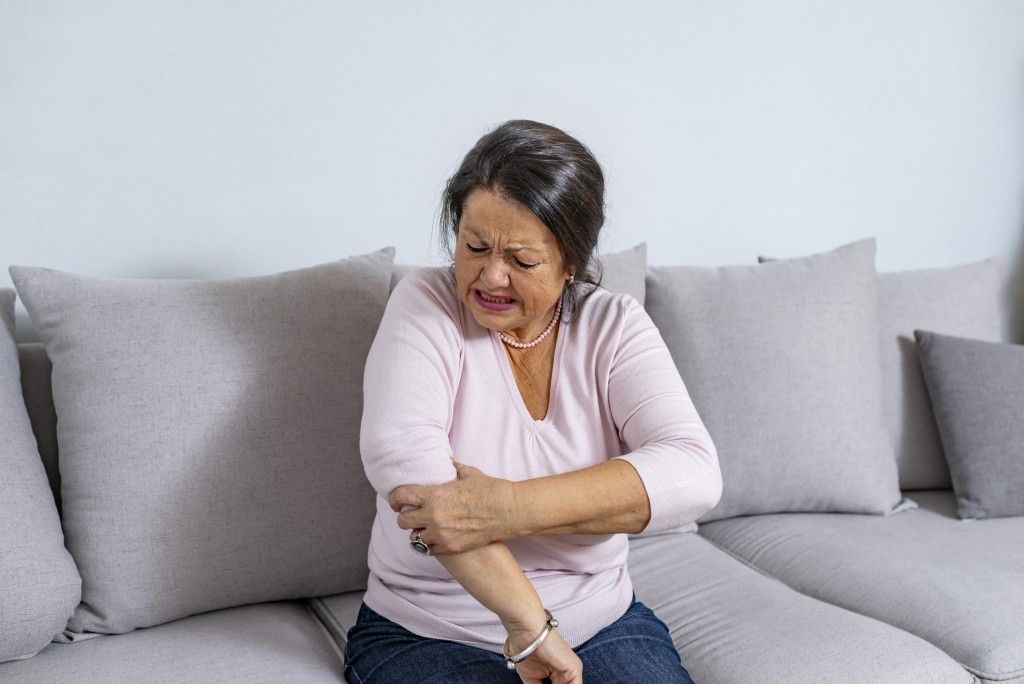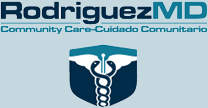Do I Have Arthritis?
Arthritis is a medical condition characterized by pain, swelling and stiffness in a joint.  Other symptoms include redness, tenderness, and decreased range of motion. These symptoms generally become worse as we age. People of all ages, races, and sexes may develop the condition, although it tends to be more common among women. Arthritis can cause permanent changes in the affected joints.
Other symptoms include redness, tenderness, and decreased range of motion. These symptoms generally become worse as we age. People of all ages, races, and sexes may develop the condition, although it tends to be more common among women. Arthritis can cause permanent changes in the affected joints.
There are two main types of arthritis- osteoarthritis and rheumatoid arthritis.
Osteoarthritis
This type of arthritis involves damage to the cartilage at the ends of bones, where they meet at a joint. It is typically caused by wear and tear over a period of years. Bone grinding on bone causes pain and inflammation. In addition, the connective tissue attaching muscles to bone can be damaged. An injury to a particular joint or an infection can also lead to osteoarthritis.
Rheumatoid arthritis
This is an autoimmune disease in which the body attacks the lining of the joint capsule (synovial membrane). Cartilage and bone can be destroyed over time. Joints may become deformed. The inflammation from rheumatoid arthritis can affect other parts of the body including the eyes, lungs, heart, and blood vessels. Rheumatoid arthritis usually affects joints of the fingers and toes first before spreading to knees, hips, shoulders, and other larger joints. The same joints on both sides of the body are generally affected.
Other types of arthritis include:
- Psoriatic arthritis– sometimes affects people with psoriasis
- Ankylosing arthritis– causes spinal vertebrae to fuse
- Gout– a sudden, severe pain and swelling at the base of the big toe
- Juvenile idiopathic arthritis– a type of arthritis affecting children under age 16
Diagnosis
See your doctor if you have pain, redness, and swelling in a joint. The doctor can check the joint for range of movement. An x-ray can show bone damage and cartilage loss. A CT scan can pinpoint bone and surrounding soft tissue damage. A sample of joint fluid can help determine the type of arthritis.
Treatment
Treatment usually includes over-the-counter or prescription medications to reduce pain and inflammation. Medications that slow the immune system are used to treat rheumatoid arthritis. Corticosteroids can be given orally or by injection to reduce joint inflammation. Joint replacements are commonly done to replace knees and hips damaged by arthritis.




